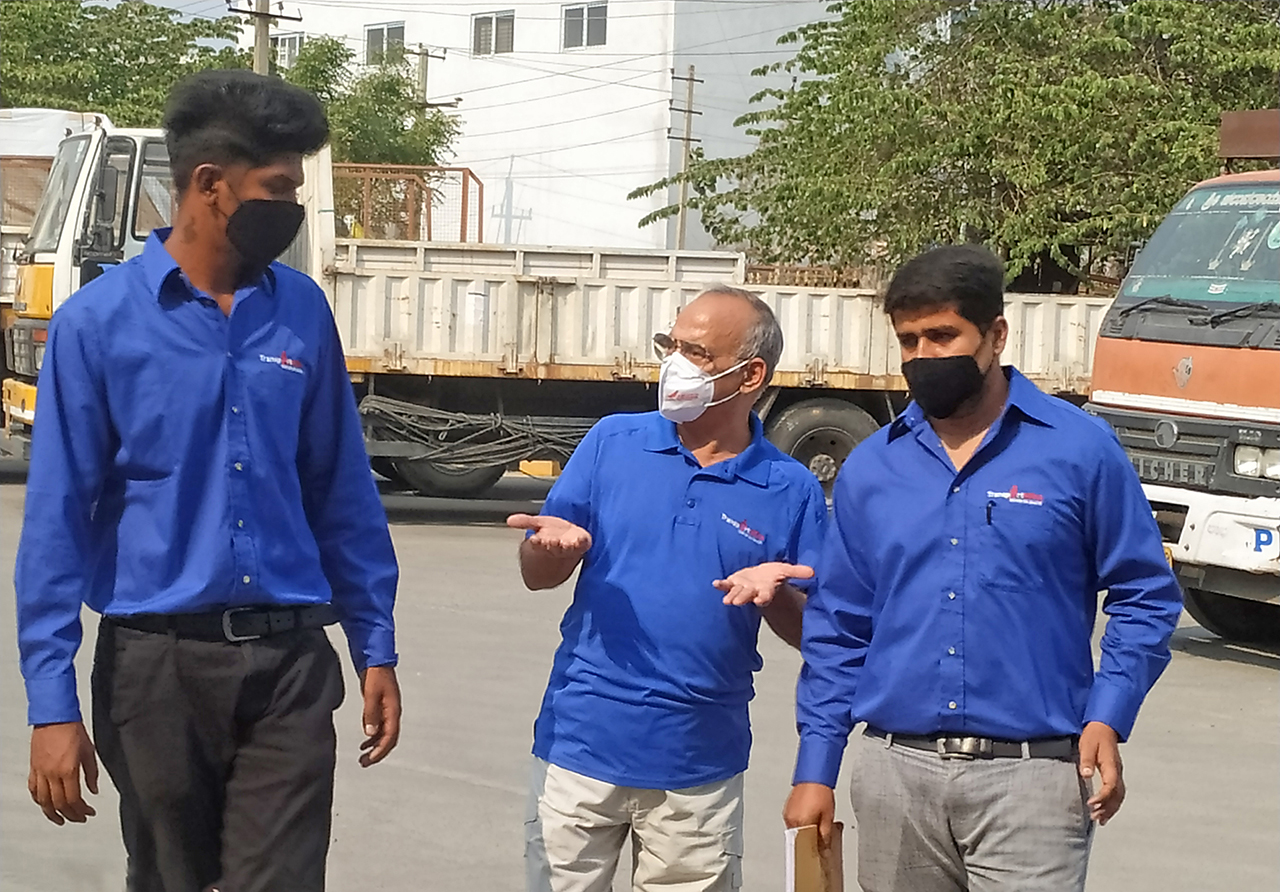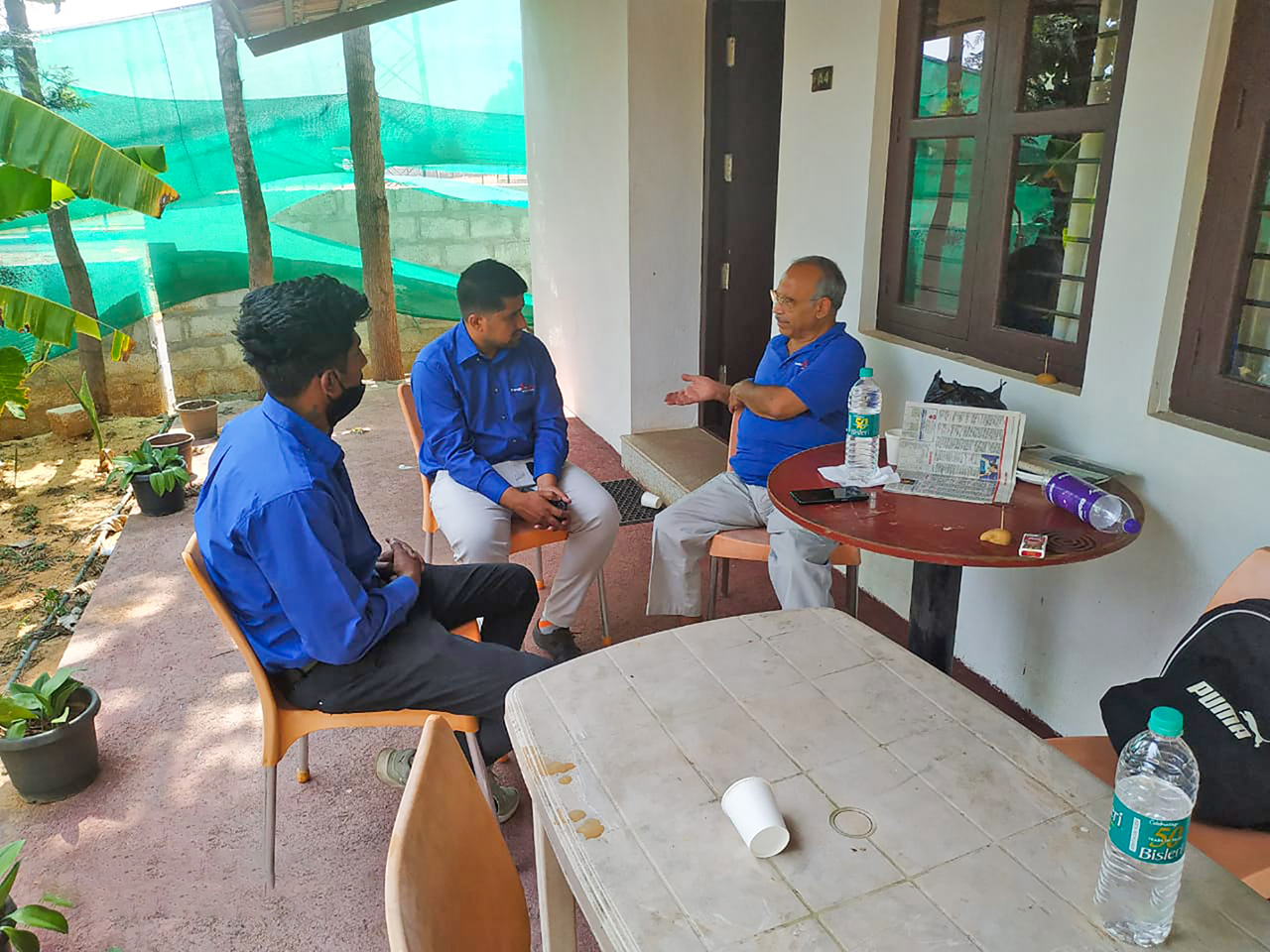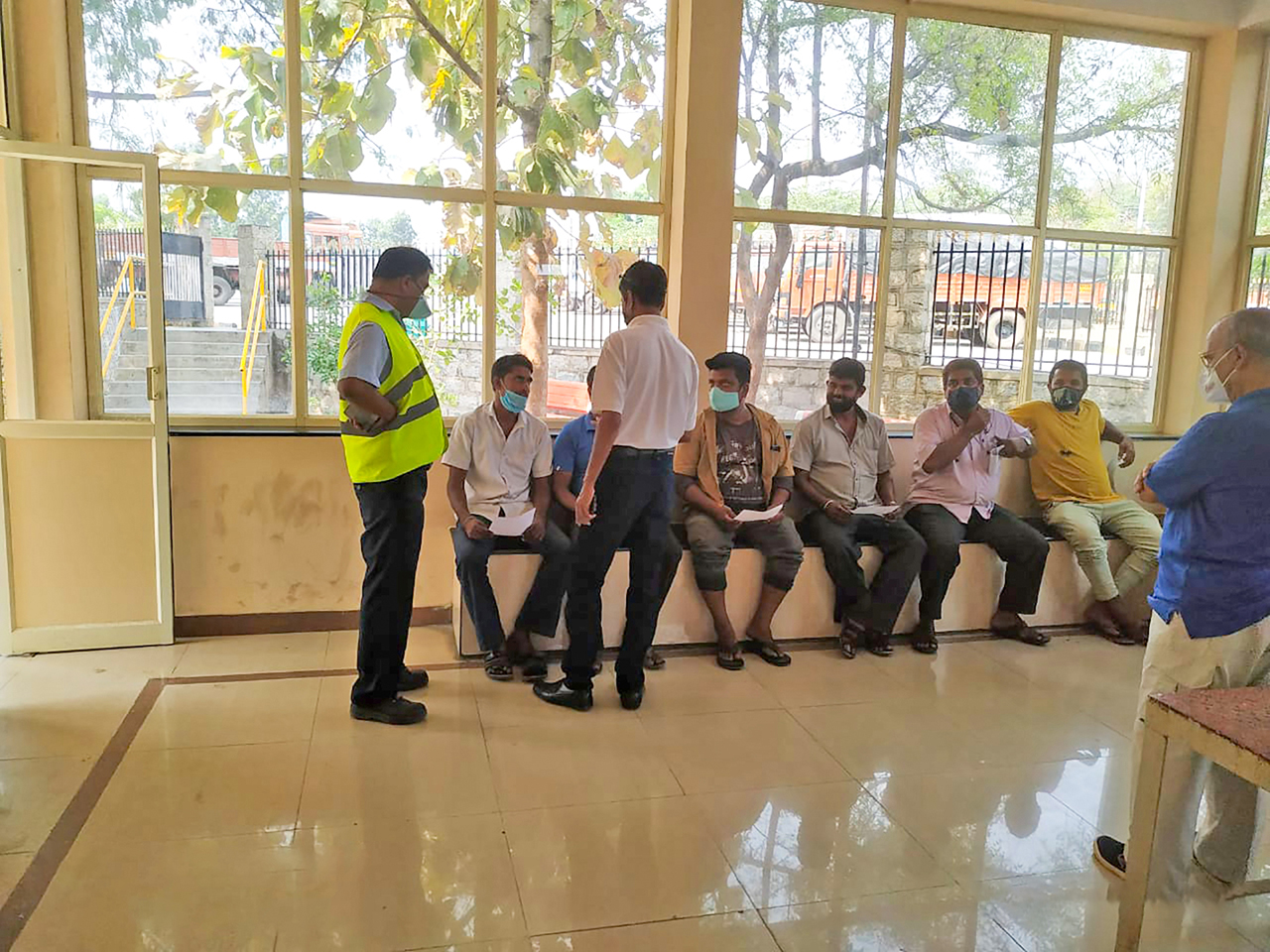In the field of driver training, it is noticed that the ease and expressional confidence that drivers enjoy in their native language is usually far superior to what they have in a different language, says Raghuram Sharma

Austrian-British philosopher Ludwig Josef Johann Wittgenstein once put it: “The limits of my language mean the limits of my world.” Language has a vital role to play. But for my own experience, I too wouldn’t have bought this premise. I was shifted from Jamshedpur to Chennai. I remember the days when I was amid the gathering of those whose mother tongue was entirely different from mine and there was no common linguistic bridge between us. That was the perfect litmus test. Blank stares and derisive smirks greeted me, making me miserable. Think of the challenge when you are on the road in a territory where your felicity with your native lingo has no relevance.
And you want to order food at the roadside eatery, whose menu card is all Greek and Latin for you, simply put, ignorance about the printed language. I can well imagine the plight of our South Indian truck drivers when they travel across the rest of the country. There must be a hapless feeling of being left in the lurch as a result of the absence of familiarity with the commonly spoken language in those parts of the nation. The challenge assumes a gigantic proportion when you must communicate with a group of truck drivers on various issues impacting their lives while they are on the move or waiting for unloading the consignment. As a trainer, I had to contend with such a scenario recently.
We landed up at Horahalli, 60 km away from Bengaluru for interaction with truck drivers working for Saint Gobain. This plant has two sets of truck drivers: one group servicing the local market, say in the radius of 50 km, mostly within Karnataka and another group for pan-India delivery of its products. The former group consists of locals, who speak and understand Kannada, and the pan-India delivery drivers are comfortable with Hindi. Chatting up drivers in Hindi is no big deal, but not the Kannada-speaking drivers. My punditry in the local language does not go beyond, “Channagaidhiraa?’ (How are you?), “Namaskara” (Greetings) or “Oota madidheeraa?” (Have you taken food?).
Knowledge sharing in a non-native language is neither appreciated by the trainees nor is result-oriented – and all the more if your audience happens to be a blue-collared worker, a truck driver. For them, knowledge sharing is an interaction-based, person-to-person learning activity. So, it is inevitable to hire or involve individuals who are proficient in that language. Hence, there is a need for local mentors, who can speak Kannada. That alone would not do. They also should have the desire to interact with truck drivers and above all, they should have the ability to grasp the syllabus prepared by us, assimilate and absorb the essence and then deliver the same message in the most palatable manner. Not an easy task!

Two local men were quickly identified for this task. The youngsters belonged to the vicinity of the Saint Gobain plant at Horahalli, fulfilling one pre-condition that they should be able to think, talk and interact in Kannada. Half the battle won! They were proficient in Kannada, Tamil and Telugu with working knowledge of Hindi and English. During the initial days, this duo was stationed at the Horahalli plant site to get themselves familiar with the drivers’ crew, their vehicles, loading pattern, time and motion study, etc., but no training aspects because that had to wait for the trainer’s arrival. No sooner did he arrive, the mentoring began. In the traditional ‘gurukul’ style, these recruits came under my gaze and tutoring.
This comprised simple and one-to-one interactions over three full days from sunrise to sunset at the driver restroom of Saint Gobain, the parking yard adjacent to the plant, and at the nearby resort where the visiting Transport Mitra team was stationed, or at the poolside under the fig and mud apple trees. On the ground, they watched our style of interaction with drivers in Hindi which was translated into Kannada by another Kannadiga colleague. And on the fourth day, they performed live under the watchful eyes of the trainer, while the rest of the team enacted as drivers waiting for load and, above all, posing a barrage of questions. Screens up and the first full dress rehearsal went on display.
The duo did satisfactorily, considering that they were not comfortable with stage play, perhaps! A few years ago, such one-on-one mentoring of driver ‘saathis’ for Transport Mitra’s Dhaba Adoption Programme at 12 highway locations in the states of Andhra Pradesh, Tamil Nadu and Karnataka were executed for a multinational lubricant client. The core message remains the same and its delivery also more or less remains unchanged with minor modifications. The key ingredient is the ability to connect with truck drivers in the shortest possible time and then share vital living and working best practices to save their own lives, vehicle and cargo. Post the pandemic we hit the roads once again.

Our team was in Jalandhar, Punjab a few weeks ago and now in Horahalli, Karnataka. Soon we will be visible in Surat and Ahmedabad subject to the pandemic and lockdown scenario. Gujarat is no challenge for us because our training team has been active at Mundra for the past three years. Above all, one need not know Gujarati. You rarely come across Gujarati truck drivers. Even if there are a few, whom you can count on your fingertips, they understand Hindi. Teaching is a tough chore. Mentoring is no different. Engaging the unwilling or irresponsible truck drivers poses several hurdles.
Distractions are many for the ‘students’ coming in all sizes. And there is the initial attitude of “I know all”. Breaking that barrier calls for special skills – education or information with a heavy dose of humour. Are we not succeeding? You bet! In the field of driver training, it is noticed that the ease and expressional confidence that drivers enjoy in their native language is usually far superior to what they have in a different language. All said and done, non-native language is akin to holding a crutch, proving detrimental in the flow of knowledge sharing.